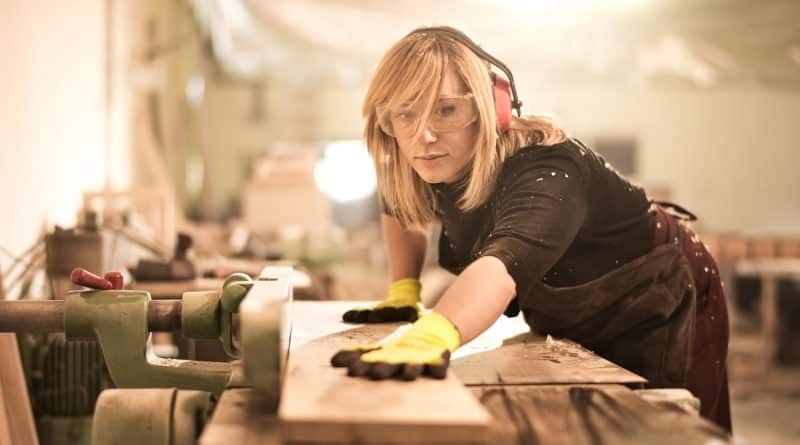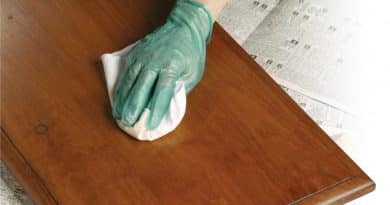Woodworking Workshop Safety Tips
Fine woodworking can be a most enjoyable pastime, but it’s no fun when you get injured in the workshop. The truth is, most workshop accidents can be avoided, by taking some simple, precautionary measures, and using common sense. While there are an infinite number of ways to potentially injure yourself in the workshop, there’s also plenty you can do to avoid such painful mishaps. Listed below, are some tips on how you can keep your workspace hazard-free:
Keep Your Woodworking Workspace Cleaned And Organized
This means putting your tools away when the workday is done. All of your tools! Designate storage areas for every tool you own, every box of screws, and every other item in your workshop. Wrap up power cords, stack lumber neatly, or stow it away in a crate or bin. Give the floor a quick sweep every day – you may be surprised at all the items that happen to fall to the floor. This is the most common way for hand tools to “mysteriously disappear”.
Keep Loose Items Away From Power Tools
A drawstring from a hooded sweatshirt, a necklace, a bandanna, a drawstring from a nail apron, long hair, or a loose shirt sleeve. All these things, and others, can get caught up in a spinning saw blade, and cause serious injury. Before pulling the “on” trigger of any power tool, ensure you have no loose items dangling in harm’s way. It only takes a split second for an accident to happen.
Don’t Store Sharp Tools Overhead
Tools like chisels, knives, and sharp objects should never be stored overhead, like on shelves, where they can accidentally fall and cut you. Stow items like these away in drawers, or wrap them up in heavy cloth, canvas, or leather wrap.
Don’t Let Your Safety Equipment Collect Dust!
You bought those safety glasses, goggles, earplugs, and protective gloves – use them! What’s the point in having these safety woodworking tools, if they’re just sitting there, collecting dust? The day you forget to put on those safety glasses is the same day you’ll end up with a wood chip lodged in your eye. Avoid a trip to the emergency room, and use your safety glasses.
Wear gloves when handling rough lumber or using chemical solvents and liquid finishing products. Splinters can be quite painful, and some solvents can cause nasty irritations. Also, remember to use ear plugs or ear muffs, when running loud power tools. Use a respirator when exposing yourself to chemical vapors. And get in the habit of wearing a dust particle mask whenever sanding wood, or doing lots of cutting with a power saw.
Don’t Rush Your Work!
Going too fast is a recipe for disaster. There’s no need to hurry, especially when using power tools. Slow down and you’ll also find that you make fewer mistakes.
Let The Tool Do The Work
If your tools are sharp like they should be, you shouldn’t have to “horse” them, to get them to work better. This rule goes right along with the previous one. Don’t think that by going faster, you’ll get quicker results, the opposite is more likely! Be sure that your saw blades are sharp and check the individual teeth on all of your tool blades. If you notice any broken or missing teeth, the blade won’t do its job correctly.
Repair or replace blades like these, whenever necessary. Learn how to sharpen your tools, like wood chisels buy a 3-way sharpening stone and correct oil, to get your chisels razor sharp. Your tools will do the work – only if they’re sharp. Never force a power tool! If the tool isn’t cutting, or otherwise working properly, there’s a reason for it! Stop, check, and see what the problem is.




